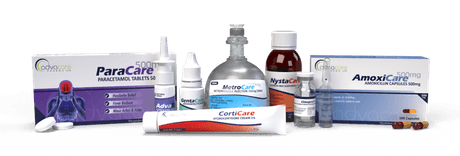Bronchodilators are medications used to relax and widen the airway passages in the lungs, making it easier to breathe. They are commonly used in the treatment of respiratory conditions such as asthma, chronic obstructive pulmonary disease (COPD), and other lung diseases associated with bronchoconstriction.
The mechanism of bronchodilator drugs involves targeting specific receptors in the airway smooth muscles, leading to their relaxation and subsequent dilation of the bronchial tubes. There are three main classes of bronchodilators. Beta-2 adrenergic agonists, such as albuterol and salmeterol, bind to beta-2 adrenergic receptors on airway smooth muscle cells. This stimulates the production of cyclic adenosine monophosphate (cAMP), which results in the relaxation of the smooth muscles and dilation of the bronchial tubes.
Anticholinergic bronchodilator drugs, like ipratropium bromide and tiotropium, work by blocking the action of acetylcholine, a neurotransmitter that causes bronchoconstriction. By inhibiting acetylcholine's effect, anticholinergics help relax the airway smooth muscles and promote bronchial dilation.
Methylxanthines, such as theophylline, have a broader mechanism of action that includes relaxing the bronchial smooth muscles, reducing airway inflammation, and enhancing the function of the respiratory muscles. However, their use is less common due to potential side effects and drug interactions.


